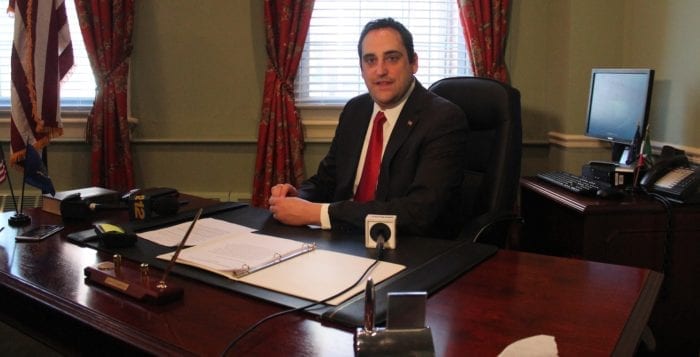By Alex Petroski
Political gridlock is nothing new in Washington, but if an agreement on a federal funding bill isn’t reached by Jan. 19, this time children’s health will be at risk.
In September, the Children’s Health Insurance Program expired, and Congress passed a short-term funding bill just before Christmas to keep the federal government funded through this Friday. The program, also known as CHIP, is a service that provides low-cost health coverage to children in families that earn too much money to qualify for Medicaid. Originally enacted in 1997, CHIP provides matching funds to states for health insurance to families with children. It was slated to run for 10 years, but has since been reauthorized on several occasions since 2007. In 2016, almost 9 million children were enrolled in the program, according to Medicaid.gov. The program covers routine check-ups; immunizations; doctor visits; prescriptions; dental and vision care; and emergency services for enrollees. In November, the House passed a five-year reauthorization bill to keep the program running, but it never reached the Senate floor.
U.S. Rep. Lee Zeldin (R-Shirley) urged lawmakers to pass a bill reauthorizing funding for the program, which also provides funding for community health centers, during a press conference Jan. 12 at Elsie Owens Health Center in Coram. A long-term bill will need to be passed to keep services like CHIP running for the remainder of 2018.
“These essential programs provide millions of children, veterans and individuals with the healthcare services they need,” Zeldin said. “In New York alone, CHIP provides health insurance for 300,000 New York children, while nearly 2 million New Yorkers rely on Community Health Centers for their health care services. On behalf of the millions of New Yorkers who rely on CHIP and Community Health Centers, we must reach across the aisle and work together to preserve these vital programs.”
Although more political debates will likely ensue on other issues pursuant to funding the government through the end of the year, Zeldin said he doesn’t expect reauthorization of CHIP to be used for bargaining by either political party.
“I do not expect to see a partial shutdown after next Friday, so everyone anticipates the funding to continue, but this also presents an opportunity to add the reauthorization language into the next funding bill,” Zeldin said in an interview after the event. “It’s two parts that have been running on different tracks. However, I believe that there is an opportunity here to add the reauthorization language to get it through the House, through the Senate, signed by the President — and reauthorization done.”
New York’s U.S. Sens. Chuck Schumer (D) and Kirsten Gillibrand (D) have each stressed the importance of renewing CHIP as part of larger federal funding discussions.
“We have two weeks to negotiate a budget deal that must also address a host of other items, #ExtendCHIP, community health centers, disaster aid, and of course, the #Dreamers,” Schumer said in a Jan. 3 tweet.
HRH Care Community Health President and Chief Executive Officer Anne Kauffman Nolon, Elsie Owens Health Center Medical Director Nadia Arif and Brookhaven Memorial Hospital Medical Center President and CEO Richard Margulis were among the healthcare professionals in attendance who applauded Zeldin’s calls for funding.
“Not extending the funding for these vital programs could have a devastating effect on both our population, and BMHMC, which also faces potential cuts as a Disproportionate Share Hospital,” Margulis said.
According to the Congressional Budget Office, five-year reauthorization of CHIP would cost $800 million over a 10-year period.


















